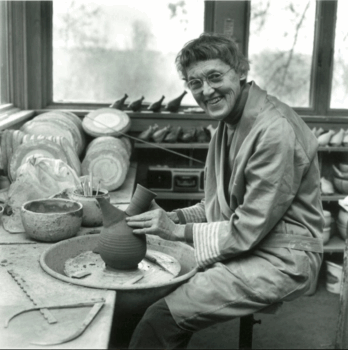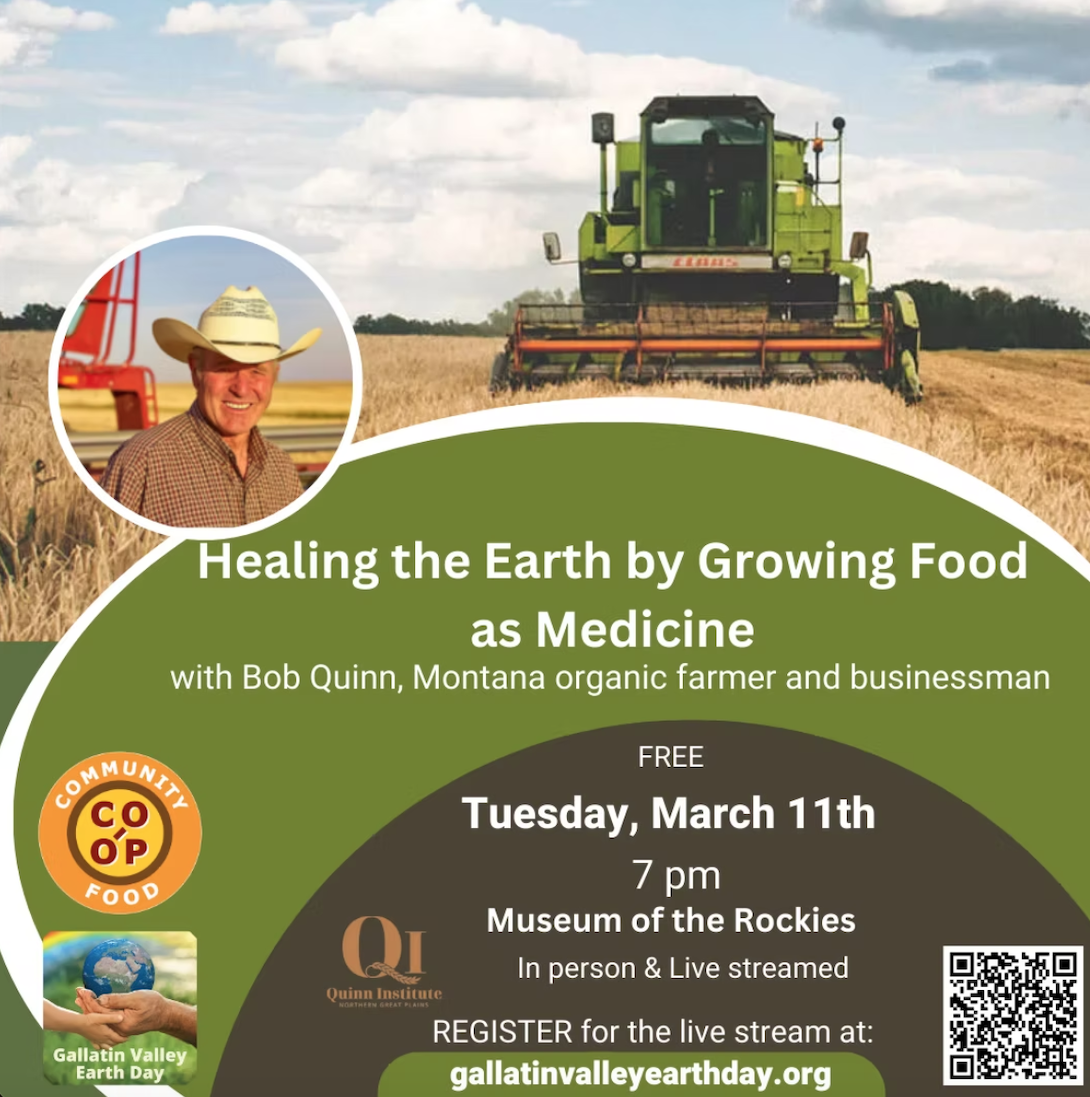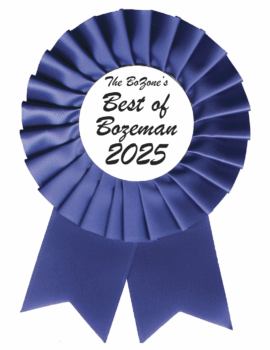Frances Senska, Theaster Gates, Gabriel Chaile, Marguerite Wildenhain and David Drake. Continued ecological activation by Agnes Denes. On view June 21st – October 18th
For its 2025 exhibition season, Tinworks Art will present A Kin to Clay. Celebrating the remarkable legacy of clay in Montana, this exhibition explores the relationship between a diverse but connected group of artists who have worked with clay and earthen materials to uncover shared histories and creative affinities.
“Clay and earthen materials are distinct because they hold the stories of the landscapes and hands that have shaped them,” said Jenny Moore, Director of Tinworks Art. “When artists work with these materials, they participate in a dialogue that spans generations and cultures. This exhibition invites audiences to see clay not as a material, but as a vessel of cultural memory that embodies resilience, transformation, and a profound sense of place. These ideas are central to our vision at Tinworks Art.”
At the heart of the exhibition is the work of beloved Bozeman artist and teacher Frances Senska (1914-2009). Senska, who founded the ceramics department at Montana State Universtiy in 1946, is celebrated for her dedication to working directly with the land and her community – digging wild clay, building her own kilns, and nurturing generations of artists such as Montanans Rudy Autio and Peter Voulkos. She was also instrumental in establishing the Archie Bray Foundation for the Ceramic Arts, which will celebrate its 75th anniversary in 2026. A selection of Senska’s double-spouted vessels and ceramic partridges will be on view, alongside the work of Marguerite Wildenhain (1896-1985), the first female master potter of the Bauhaus. Wildenhain fled Nazi Germany and later founded Pond Farm, a pottery studio in Northern California where she trained Senska. She also led an early influential workshop at the Bray.

photo by Judi Firehammer
The exhibition continues with A Clay Sermon, a video installation by Chicago-based contemporary artist and potter Theaster Gates that he filmed while in residence at the Bray. His practice evokes the power of ceramics to carry stories of labor and craft, survival and strength. His video installation will be presented alongside a selection of his Brick Reliquaries and work inspired by Peter Voulkos. The exhibition will also include vessels by poet-potter David Drake (c.1800-1870s), an enslaved man in South Carolina who signed and inscribed poetry on his crafted pots as an act of resistance at a time when it was illegal for enslaved people to be literate. Gates inspired a reconsideration of Drake’s pottery, as a testament to the human will to endure and to create, and has included Drake’s pottery in several of his own exhibitions.
Argentinian artist Gabriel Chaile will be onsite through June 2025. Chaile, known for his monumental earthen sculptures, will reconstruct his adobe vessel Ella vendrá a pagarle todo (She will come to pay him for everything), first presented at BAMPFA, which references family members and Indigenous ancestors, as well as forms that repeat throughout visual culture, taking on new significance with each new context. In addition, Chaile will present a new work in the form of an earthen communal oven. Each month through the exhibition season, Tinworks will invite the community to bake bread in the oven sculpture from flour harvested last year from Agnes Denes’ Wheatfield – An inspiration. The seed is in the ground.
Denes will continue her activation of Tinworks’ field with a new ecological artwork, Sunflowers – to Follow the Wheat. The field of bright pink sunflowers chosen by Denes will help rejuvenate and restore the land at Tinworks, demonstrating nature’s resilience while bringing a sense of surprise and beauty to the community.
A dynamic element of the exhibition is an open call from Tinworks to Montana’s clay community to submit work for inclusion in A Kin to Clay. These works will highlight the vibrant and diverse contemporary ceramic practices found throughout the region. Displayed as an acculumation, they echo the way generations of artists-in-residence left vessels throughout the grounds of the Bray, in reflection of both this creative community and of the transmutation of raw earthen material to enduring creative expression.
More information can be found at www.tinworksart.org. •






